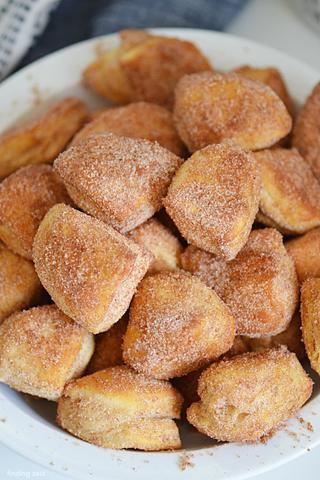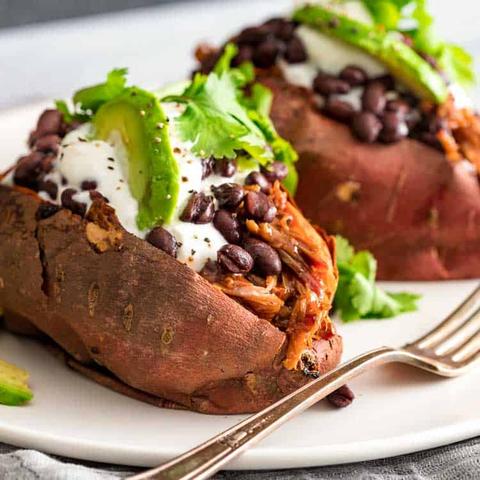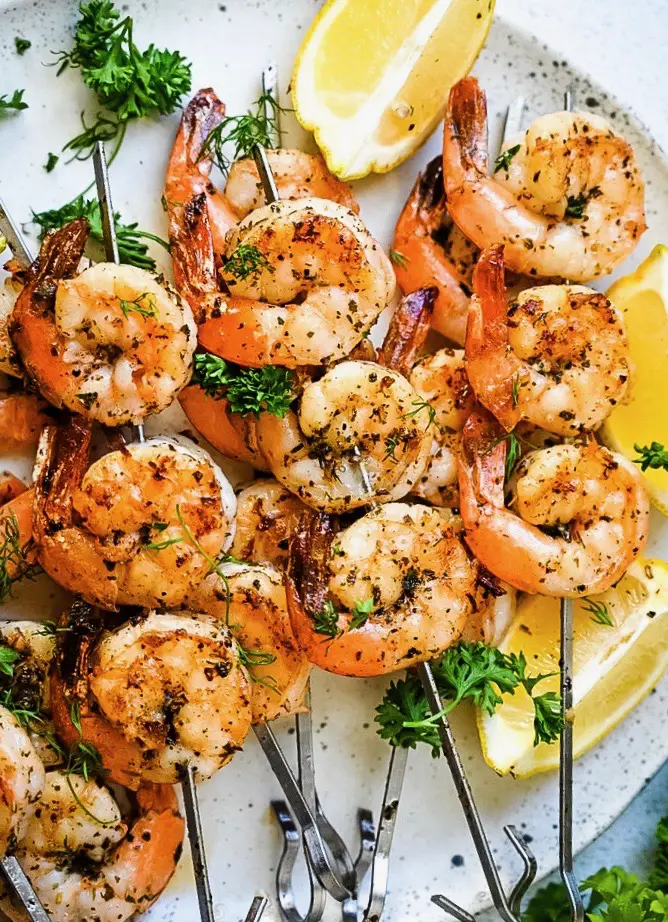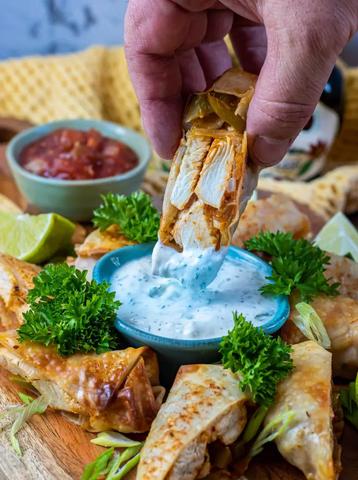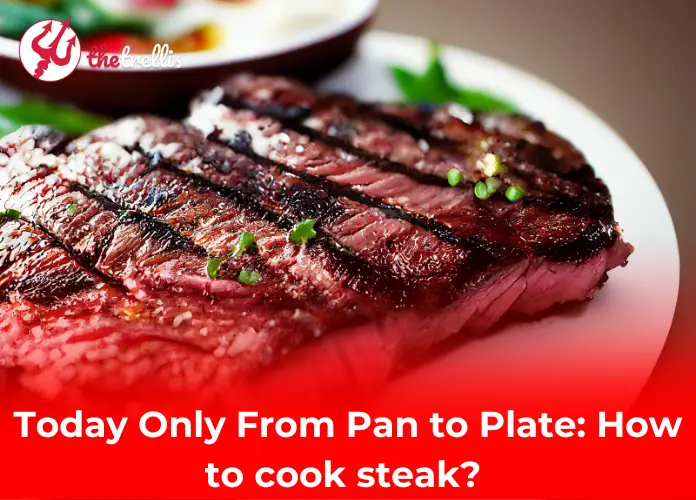
There’s something magical about a perfectly cooked steak. That golden-brown crust giving way to a juicy, tender interior is the stuff of culinary dreams. Whether you’re a novice cook or a seasoned chef, mastering the art of cooking steak can elevate your home cooking to restaurant-quality levels. In this comprehensive guide, we’ll explore everything you need to know about how to cook steak to perfection.
Understanding How to Cook Steak?

Understanding How to Cook Steak?
Before we dive into cooking methods, it’s crucial to understand the different cuts of steak. Each cut has its characteristics that influence how it should be cooked:
Ribeye
The king of steaks, ribeye is known for its rich marbling and bold, beefy flavor. This cut comes from the rib section and features beautiful fat distribution throughout the meat. The marbling makes ribeye incredibly forgiving to cook, as the fat helps keep the meat juicy even if you accidentally overcook it slightly.
Sirloin
A lean and versatile cut, sirloin offers excellent value. While not as tender as ribeye or filet mignon, it delivers robust beef flavor and responds well to various cooking methods. The key to cooking sirloin is not to go past medium doneness to maintain tenderness.
Flank Steak
This long, flat cut from the belly region is lean and full of intense beef flavor. Flank steak needs to be cooked quickly over high heat and sliced against the grain for maximum tenderness. It’s perfect for fajitas, stir-fries, and other dishes where the steak will be sliced thin.
Tomahawk
A show-stopping cut, the tomahawk is essentially a ribeye with the entire rib bone left intact, extending outward for a dramatic presentation. While impressive, cooking a tomahawk requires special attention due to its size and the bone’s influence on cooking time.
Essential Equipment
Success in steak cooking starts with the right tools:
Must-Have Items:
- Heavy-based frying pan or cast iron skillet
- Reliable meat thermometer
- Good quality tongs
- Sharp knife for slicing
- Heavy-duty oven mitts
- Spoon for butter basting
Nice-to-Have Additions:
- Grill pan for those lovely char marks
- Sous vide equipment for precise temperature control
- Wireless meat thermometer for oven cooking
- Carving board with juice groove
The Fundamentals of Steak Preparation
The Fundamentals of Steak Preparation
1. Temperature Management
Always bring your steak to room temperature before cooking. This typically means removing it from the refrigerator 30-60 minutes before cooking. This crucial step ensures even cooking from edge to center.
2. Moisture Control
Pat your steak completely dry with paper towels before cooking. Any surface moisture will interfere with proper searing and crust development.
3. Seasoning Strategy
You have two optimal windows for salting:
- 30 minutes before cooking
- 24 hours in advance
For the 24-hour method, salt generously and let the steak rest uncovered in the refrigerator. This creates a dry brine effect that enhances flavor and texture.
Read more: How Many Calories In A Steak? The Delicious Nutrition Facts
Pan-Searing: The Classic Method
This is the fundamental technique every home chef should master:
- Prepare Your Pan
- Heat a heavy-based pan until it’s very hot (sit hould be smoking slightly)
- No need for oil if your pan is properly heated
- Initial Sear
- Place the steak in the hot pan
- Don’t move it for 1-2 minutes to develop a crust
- Flip every minute thereafter for even cooking
- The Butter Bath
- Halfway through cooking, add butter, crushed garlic, and fresh herbs
- Baste continuously with the melted butter mixture
- This adds flavor and promotes even cooking
- Temperature Guide
- Rare: 57°C (2-2.25 mins on each side)
- Medium-rare: 63°C (3-3.25 mins on each side)
- Medium: 71°C (4-4.5 mins on each side)
- Well done: 75°C (4-5 mins on each side)
Oven-Cooking Steak Techniques

Oven-Cooking Steak Techniques
When dealing with thicker cuts or when precision is paramount, the oven becomes your best friend:
Reverse Sear Method
- Preheat oven to 250°F/120°C
- Place steak on a wire rack over a baking sheet
- Cook until internal temperature is 10-15°F below the target
- Finish with a hot pan sear for crust development
Traditional Oven Finish
- Start with a pansear.
- Transfer to a preheated 400°F/200°C oven
- Cook to the desired temperature
- Rest before serving
Specialty Cuts Guide
How to Cook Flank Steak
- Marinate for enhanced flavor (optional)
- Pat dry and season well
- Cook hot and fast (4-5 minutes per side)
- Let rest for 5-10 minutes
- Slice thinly against the grain
How to Cook Tuna Steak
While not beef, tuna steak requires similar attention to detail:
- Pat dry and season with salt and pepper
- Heat pan until very hot
- Sear 1-2 minutes per side for rare center
- Rest briefly before serving
How to Cook a Tomahawk Steak
- Bring to room temperature (1-2 hours)
- Season generously
- Start with the reverse sear method
- Finish with pan sear
- Rest 10-15 minutes before serving
Temperature and Doneness
Understanding doneness is crucial for perfect results.
Visual and Touch Indicators
- Blue: Dark purple, spongy with no resistance
- Rare: Dark red, soft with slight resistance
- Medium-rare: Pink, slightly springy
- Medium: Light pink, firm and springy
- Well-done: Minimal pink, firm
Using a Meat Thermometer
Always measure at the thickest part:
- Rare: 125°F/52°C
- Medium-rare: 135°F/57°C
- Medium: 145°F/63°C
- Medium-well: 150°F/66°C
- Well done: 160°F/71°C
How to Cook Steak Perfectly
- Temperature Mismanagement
- Cooking cold steak
- Not preheating the pan sufficiently
- Inaccurate temperature readings
- Technique Errors
- Moving steak too much during searing
- Not letting the pan get hot enough
- Overcrowding the pan
- Seasoning Mistakes
- Under-seasoning
- Adding pepper before searing
- Using wet marinades for high-heat cooking
Pro Tips and Tricks to Cook a Perfect Steak

Pro Tips and Tricks to Cook a Perfect Steak
1. The Butter Basting Technique
- Use clarified butter for higher smoke point
- Add whole garlic cloves and hardy herbs
- Tilt pan to pool butter for easier basting
2. Resting Considerations
Traditional wisdom suggests resting for 5-10 minutes, but modern thinking challenges this:
- Immediate serving preserves crust quality
- If resting, tent loosely with foil
- Always slice against the grain
3. Enhancement Options
- Compound butter for finishing
- Red wine reduction sauce
- Simple herb oil drizzle
Conclusion
Mastering steak cookery involves technique, timing, and temperature control. Whether you’re working with a premium ribeye or a humble flank steak, these principles will help you achieve steakhouse-quality results at home. Remember that practice makes perfect, and don’t be afraid to experiment with different cuts and techniques to find your preferred method.
The key is understanding your ingredients, respecting the fundamentals, and paying attention to the details. With these guidelines in hand, you’re well-equipped to tackle any steak cooking challenge that comes your way. Happy cooking!
Learn More About Grilling
If you want to learn more about grilling, check out these other helpful resources!

